Sweden, a country known for its pristine landscapes, progressive social policies, and innovative design, has also made significant contributions to the global fashion industry. Swedish fashion, characterized by its minimalist aesthetics, functional approach, and sustainable practices, has gained international recognition and influence. This article delves into the rich tapestry of Swedish fashion, exploring its history, key players, and lasting impact on the global style scene.
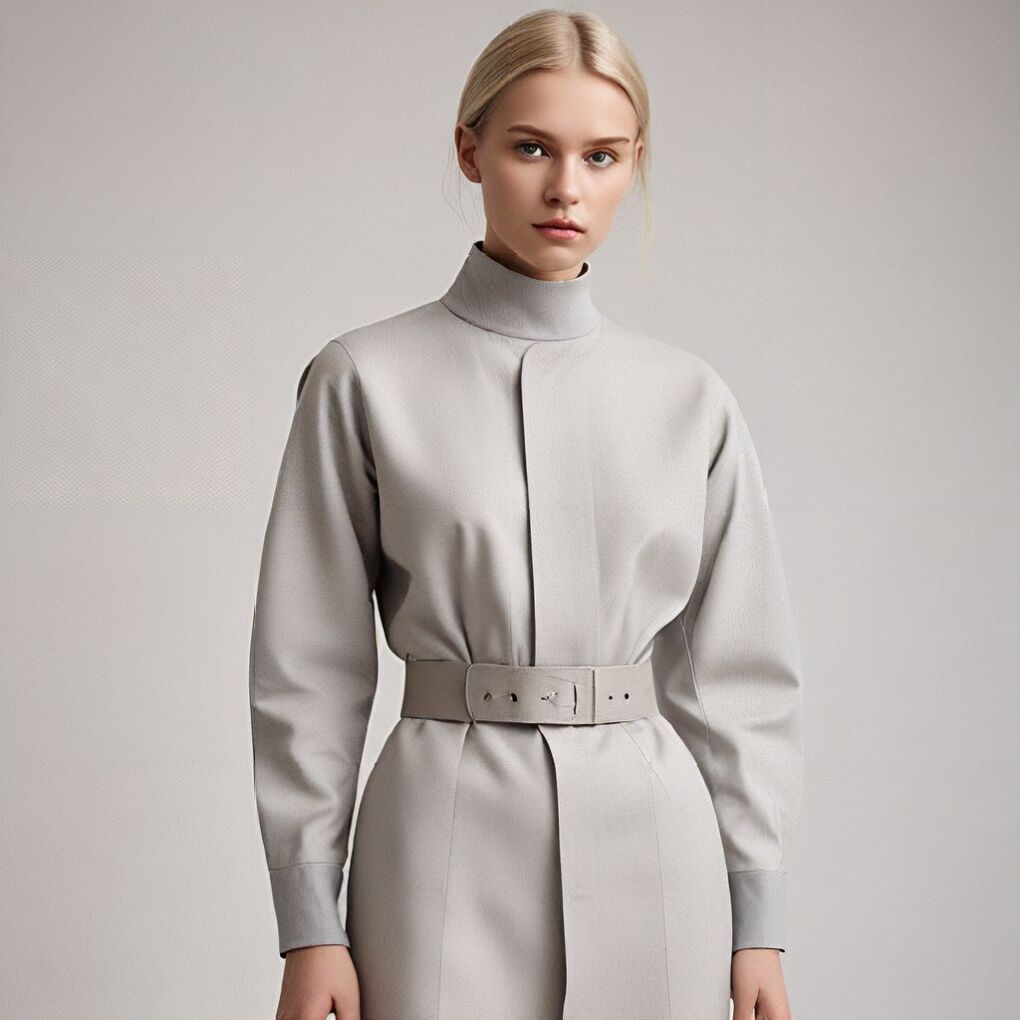
The Origins of Swedish Fashion
Swedish fashion has its roots in the country’s cultural heritage and practical approach to clothing. Traditionally, Swedish clothing was designed to withstand harsh Nordic winters while allowing for ease of movement during daily activities. This utilitarian foundation laid the groundwork for the functional yet stylish approach that defines Swedish fashion today.
In the early 20th century, Swedish designers began to gain recognition for their innovative designs that blended practicality with aesthetic appeal. The emergence of Swedish modernism in architecture and design during the 1930s and 1940s greatly influenced fashion, emphasizing clean lines, simplicity, and functionality.
Historical Influences
The Swedish fashion industry has been shaped by various historical and cultural factors:
- Viking heritage: The functional and durable clothing of Viking warriors influenced early Swedish design.
- Folk costumes: Traditional regional dress provided inspiration for colour combinations and embroidery techniques.
- Industrial Revolution: The growth of textile manufacturing in the 19th century laid the foundation for Sweden’s fashion industry.
- Social democratic policies: The emphasis on equality and accessibility influenced the development of affordable, stylish clothing for all.
“Swedish fashion is a reflection of our society – democratic, inclusive, and innovative.” – Margareta van den Bosch, former Head of Design at H&M
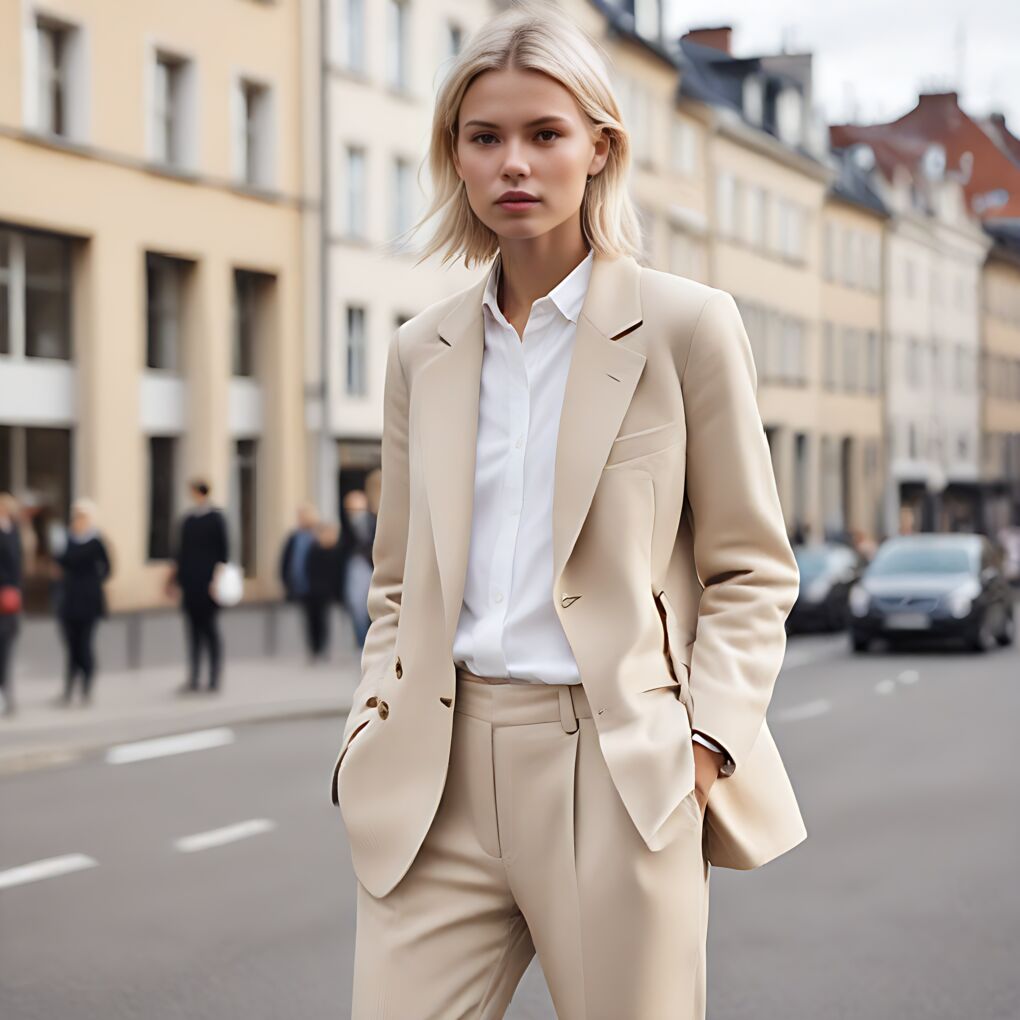
Key Characteristics of Swedish Fashion
Swedish fashion is renowned for several distinctive features that set it apart in the global fashion landscape:
- Minimalism: Clean lines, simple silhouettes, and a less-is-more philosophy
- Functionality: Clothing designed for practicality and comfort
- Sustainability: A strong focus on eco-friendly materials and ethical production
- Neutral colour palette: Predominance of black, white, grey, and earthy tones
- Quality craftsmanship: Attention to detail and durability in construction
- Innovative textiles: Experimentation with new fabrics and materials
- Gender-neutral designs: Blurring traditional gender boundaries in fashion
The Swedish Color Palette
While Swedish fashion is often associated with neutral tones, designers also incorporate colours inspired by the Nordic landscape:
- Midnight blue: Representing the deep hues of Swedish summer nights
- Forest green: Reflecting the vast pine forests
- Mustard yellow: Inspired by traditional Swedish cottages
- Berry red: Reminiscent of lingonberries, a staple in Swedish cuisine
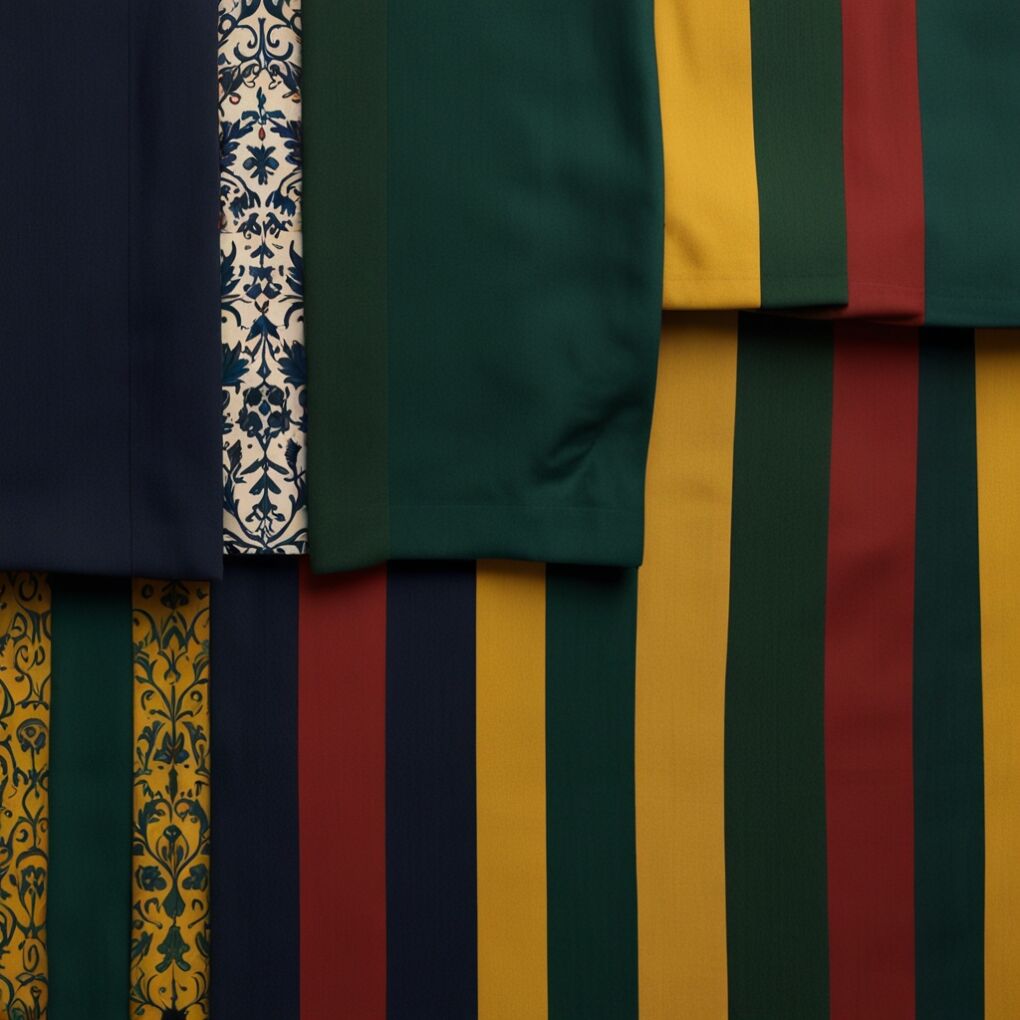
Iconic Swedish Fashion Brands
Sweden has produced numerous fashion brands that have gained international acclaim. Here’s an expanded list of influential Swedish brands:
| Brand Name | Year Founded | Known For | Signature Product |
|---|---|---|---|
| H&M | 1947 | Fast fashion, collaborations with high-end designers | Conscious Collection |
| Acne Studios | 1996 | Contemporary ready-to-wear, denim | Musubi Bag |
| COS | 2007 | Minimalist, architectural designs | Oversized Shirt Dress |
| Filippa K | 1993 | Sustainable luxury, timeless pieces | Tailored Blazer |
| Nudie Jeans | 2001 | Organic denim, repair services | Dry Denim Jeans |
| Totême | 2014 | Elevated basics, modern uniform dressing | Signature T-shirt |
| ATP Atelier | 2011 | Handcrafted leather accessories | Rosa Sandals |
| Our Legacy | 2005 | Contemporary menswear, unisex designs | Box Shirt |
| Weekday | 2000 | Sustainable denim, streetwear | BODY Collection |
| Rodebjer | 2000 | Feminine silhouettes with a bohemian touch | Agatha Dress |
| House of Dagmar | 2005 | Knitwear, sustainable luxury | Gemma Sweater |
| Tiger of Sweden | 1903 | Modern tailoring, suits | Farrell Suit |
| Cheap Monday | 2004 | Affordable denim, edgy designs | Tight Jeans |
| Tretorn | 1891 | Rainwear, footwear | Nylite Sneakers |
| Fjällräven | 1960 | Outdoor gear, functional fashion | Kånken Backpack |
These brands exemplify the Swedish approach to fashion, combining style with functionality and often incorporating sustainable practices into their business models.
Pro Tip: Building a Swedish-Inspired Capsule Wardrobe
To embrace Swedish style, consider creating a capsule wardrobe with these essential pieces:
- A well-tailored black blazer
- High-quality white t-shirts
- Straight-leg jeans in a dark wash
- A minimalist leather tote bag
- Classic white sneakers
- An oversized knit sweater in a neutral tone
- A versatile shirt dress
- A pair of sleek ankle boots
Mix and match these pieces for effortless Swedish-inspired looks that transition seamlessly from day to night.
The Rise of Swedish Street Style
Swedish street style has gained significant attention in recent years, particularly during Stockholm Fashion Week. The effortless cool of Swedish fashion influencers and style icons has captivated the global fashion community, showcasing a unique blend of high-end and vintage pieces, often styled in unexpected ways.
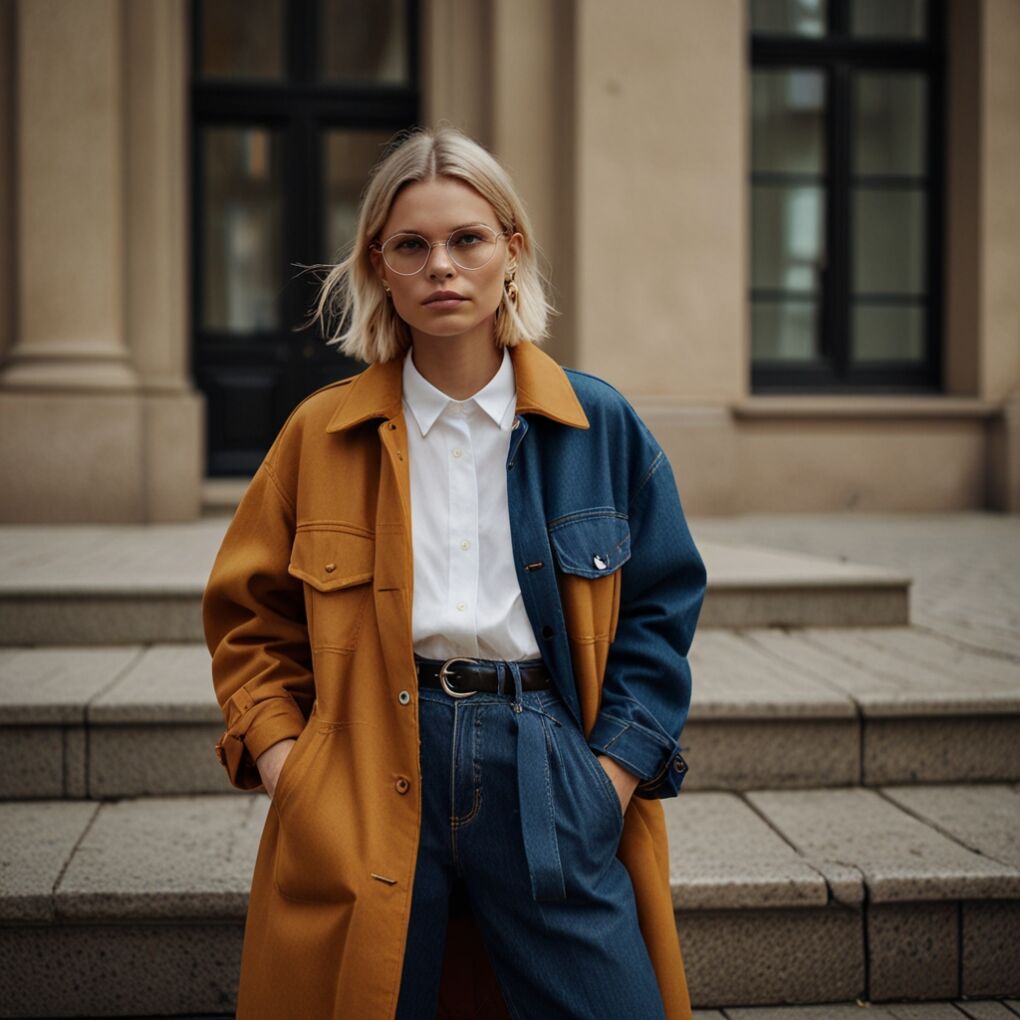
“Swedish street style is all about mixing high and low, old and new. It’s not about following trends, but about creating a personal style that feels authentic and effortless.” – Elin Kling, Swedish fashion influencer and designer
Swedish street style is characterized by:
- Layering techniques
- Mix of designer and vintage pieces
- Unexpected color combinations
- Androgynous elements
- Statement accessories
- Emphasis on comfort and practicality
Influential Swedish Fashion Bloggers and Influencers
Several Swedish fashion bloggers and influencers have gained international recognition for their distinctive style:
- Elin Kling: Known for her minimalist chic style and founder of Totême
- Kenza Zouiten: Lifestyle and fashion influencer with a bohemian flair
- Janni Delér: Fashion and travel influencer with a glamorous aesthetic
- Maja Wyh: Stylist and creative consultant known for her eclectic, artistic style
- Columbine Smille: Model and influencer with a cool, understated look
These influencers have played a crucial role in popularizing Swedish fashion globally and showcasing the versatility of Scandinavian style.
Sustainability in Swedish Fashion
One of the most significant contributions of Swedish fashion to the global industry is its strong emphasis on sustainability. Swedish brands have been at the forefront of developing eco-friendly practices and promoting ethical production methods.
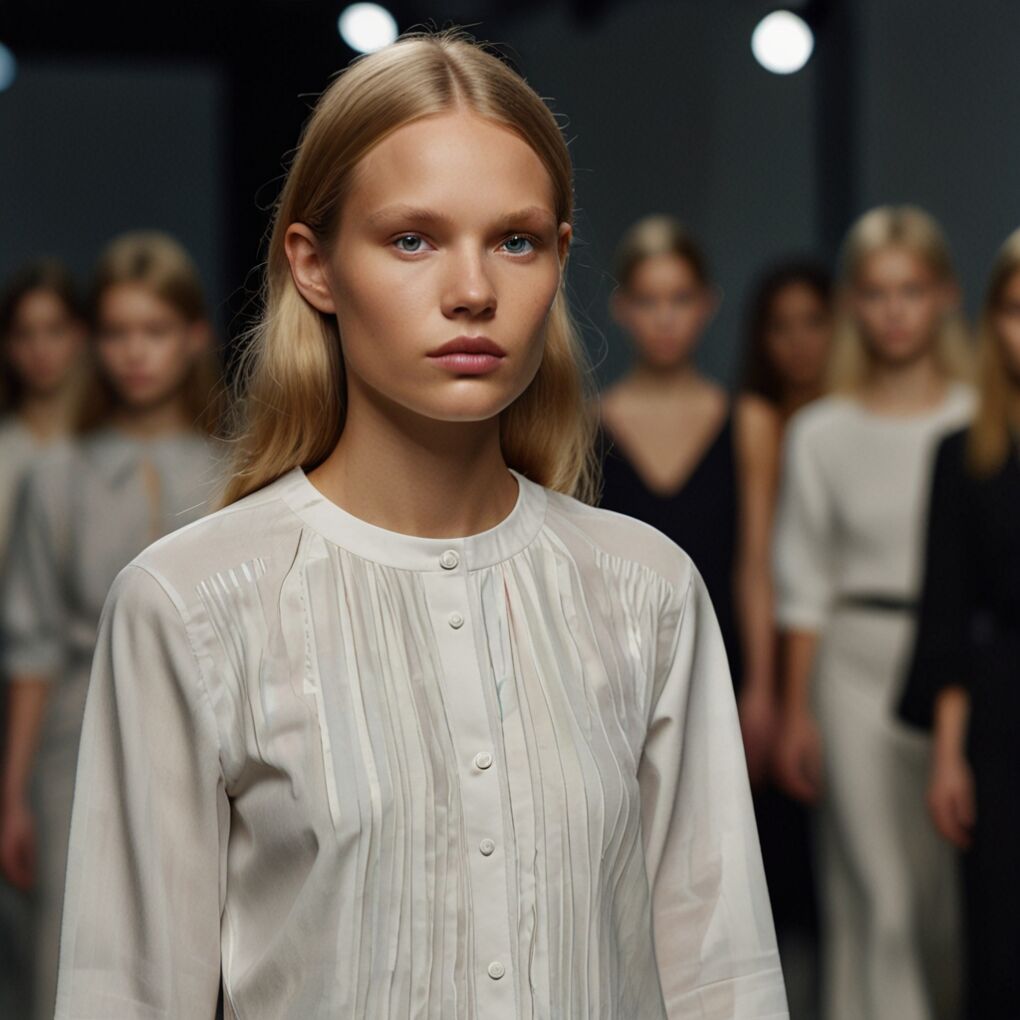
Some key sustainability initiatives in Swedish fashion include:
- Use of organic and recycled materials
- Implementation of circular fashion models
- Transparency in supply chains
- Repair and recycling programs
- Rental and second-hand clothing services
- Promotion of slow fashion and timeless design
For example, the Swedish Fashion Council has been instrumental in promoting sustainable practices within the industry, organizing events and initiatives to encourage eco-friendly innovation in fashion.
Case Study: Nudie Jeans’ Circular Fashion Model
Nudie Jeans, a Swedish denim brand, has implemented a comprehensive circular fashion model:
- Production: Using 100% organic cotton for all denim products
- Repair: Offering free repairs for life on all Nudie jeans
- Reuse: Encouraging customers to return old jeans for a discount on new purchases
- Recycle: Upcycling worn-out jeans into new products or recycling the fibres
This approach has not only reduced the brand’s environmental impact but has also created a loyal customer base that values sustainability.
Swedish Fashion Education and Innovation
Sweden’s fashion education system has played a crucial role in shaping the country’s fashion landscape. Institutions like Beckmans College of Design and the Swedish School of Textiles have produced numerous talented designers who have gone on to make significant contributions to both Swedish and international fashion.
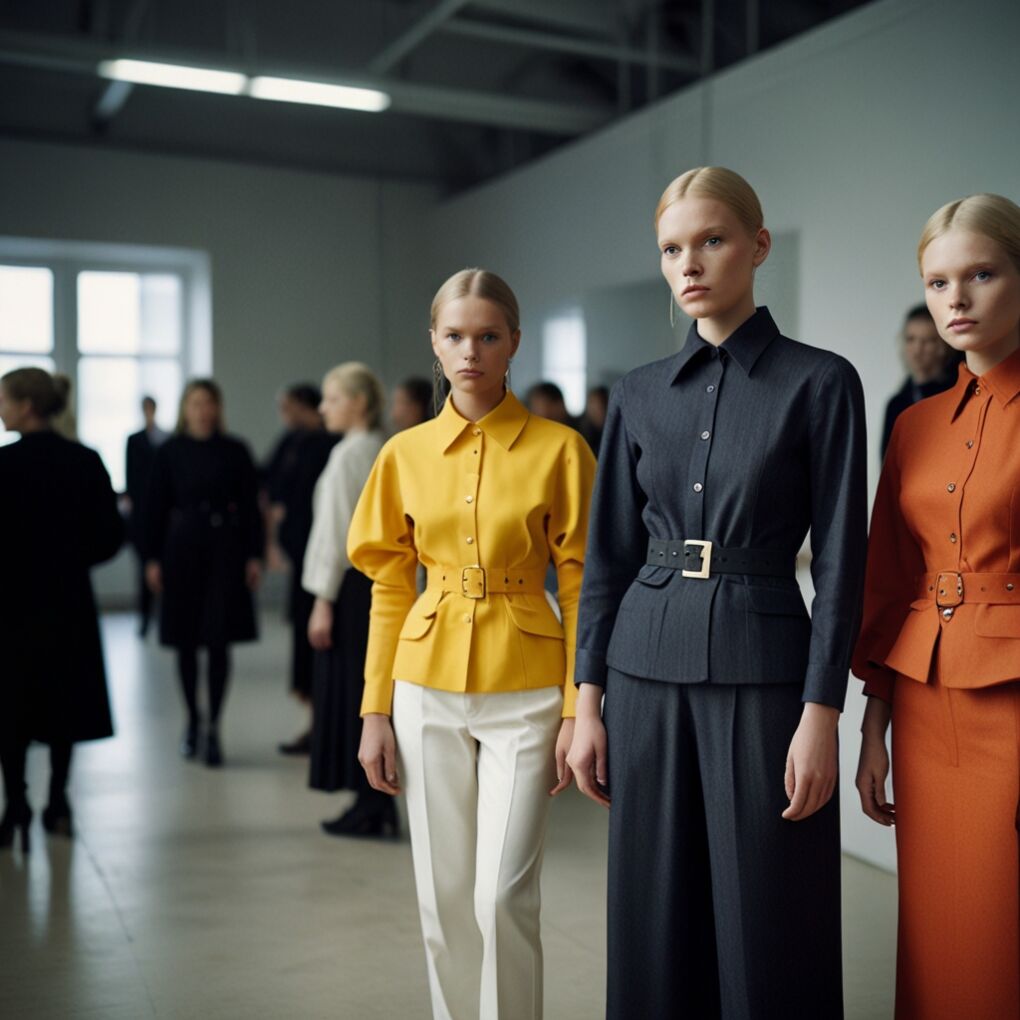
These educational institutions focus on:
- Sustainable design practices
- Innovative textile development
- Interdisciplinary approaches to fashion
- Entrepreneurship in the fashion industry
- Digital fashion technologies
Innovative Textile Development
Swedish researchers and designers are at the forefront of developing sustainable and innovative textiles:
- Renewcell: A company that recycles cotton and viscose into new fibres
- TreeToTextile: Developing a new sustainable textile fibre from wood pulp
- Swedish Stockings: Creating hosiery from recycled nylon
- Re:newcell: Producing dissolving pulp from used cotton and other cellulose fibres
These innovations are helping to reduce the environmental impact of textile production and pave the way for a more sustainable fashion industry.
The Global Influence of Swedish Fashion
Swedish fashion has had a profound impact on the global fashion industry, influencing trends, business practices, and consumer attitudes. The Swedish approach to fashion has resonated with consumers worldwide, who appreciate the combination of style, functionality, and sustainability.
Some ways in which Swedish fashion has influenced the global industry include:
- Popularizing minimalist aesthetics
- Advancing sustainable and ethical fashion practices
- Promoting gender-neutral design
- Introducing innovative business models (e.g., H&M’s designer collaborations)
- Showcasing Scandinavian style through the global expansion of Swedish brands
H&M’s Designer Collaborations: A Game-Changing Strategy
H&M’s designer collaborations have revolutionized the fashion industry by making high-end design accessible to a wider audience. Some notable collaborations include:
- Karl Lagerfeld (2004)
- Stella McCartney (2005)
- Comme des Garçons (2008)
- Versace (2011)
- Alexander Wang (2014)
- Balmain (2015)
- Giambattista Valli (2019)
These collaborations have not only boosted H&M’s brand image but have also democratized fashion, allowing consumers to access designer pieces at affordable prices.
Challenges and Future Directions
Despite its success, Swedish fashion faces several challenges as it continues to evolve:
- Balancing growth with sustainability
- Maintaining authenticity while expanding globally
- Adapting to rapidly changing consumer preferences
- Competing with fast fashion while promoting slow fashion principles
- Addressing issues of diversity and inclusion in the industry
However, these challenges also present opportunities for Swedish fashion to lead by example and drive positive change in the global fashion landscape.
Diversity and Inclusion in Swedish Fashion
The Swedish fashion industry is taking steps to become more inclusive and diverse:
- Representation in campaigns: Brands like H&M and & Other Stories are featuring models of diverse backgrounds and body types.
- Size inclusivity: Many Swedish brands are expanding their size ranges to cater to a wider audience.
- Cultural sensitivity: Increased awareness and education on cultural appropriation and sensitivity in design.
- Adaptive fashion: Some brands are developing clothing lines for people with disabilities.
The Role of Technology in Swedish Fashion
As a country known for its technological innovation, Sweden has been quick to embrace digital solutions in the fashion industry. From e-commerce platforms to virtual fitting rooms, Swedish fashion brands are leveraging technology to enhance the customer experience and streamline operations.
Some technological advancements in Swedish fashion include:
- AI-powered personalized styling recommendations
- 3D printing for prototyping and small-scale production
- Blockchain technology for supply chain transparency
- Virtual and augmented reality for immersive shopping experiences
- Digital fashion shows and virtual showrooms
These technological innovations not only improve efficiency but also contribute to sustainability efforts by reducing waste and resource consumption.
Case Study: Atacac’s 3D Design and On-Demand Production
Atacac, a Swedish fashion tech company, has developed a revolutionary approach to fashion design and production:
- 3D design: Creating garments virtually before physical production
- Digital fitting: Using avatars for precise fit without physical samples
- On-demand production: Manufacturing items only after they are ordered
- Dynamic pricing: Adjusting prices based on demand to reduce overproduction
This innovative model significantly reduces waste and allows for greater customization and efficiency in the production process.
Swedish Fashion in Popular Culture
Swedish fashion has made its mark on popular culture, influencing film, music, and art. The distinctive Scandinavian aesthetic has been embraced by celebrities and featured in numerous films and TV shows, further cementing its global appeal.
“Swedish fashion represents a perfect balance between form and function. It’s not just about looking good; it’s about feeling good and doing good for the planet.” – Alicia Vikander, Swedish actress and fashion icon
Notable examples of Swedish fashion in popular culture include:
- The Girl with the Dragon Tattoo (2011): Featuring iconic Swedish streetwear
- ABBA’s stage costumes: Showcasing bold, avant-garde Swedish design
- Swedish royalty: Princess Victoria and Princess Sofia often sport Swedish designers
- International celebrities wearing Swedish brands on red carpets and in everyday life
Swedish Fashion in Film and Television
Swedish fashion has played a significant role in shaping the visual aesthetics of various films and TV shows:
- Millennium Trilogy: Lisbeth Salander’s edgy, punk-inspired look showcased Swedish streetwear
- Persona (1966): Ingmar Bergman’s classic film featured minimalist ’60s Swedish fashion
- Midsommar (2019): The film’s costumes drew inspiration from traditional Swedish folk dress
- Young Royals (2021): This Netflix series spotlights contemporary Swedish teen fashion
These on-screen representations have helped introduce Swedish fashion to global audiences and solidify its place in popular culture.
Conclusion: The Enduring Legacy of Swedish Fashion
Swedish fashion has carved out a unique niche in the global fashion industry, offering a compelling blend of style, functionality, and sustainability. From the minimalist designs of established brands to the innovative approaches of emerging designers, Swedish fashion continues to evolve while staying true to its core principles.
As the fashion industry grapples with issues of sustainability, ethical production, and changing consumer preferences, Swedish fashion is well-positioned to lead the way towards a more responsible and forward-thinking future. By combining traditional craftsmanship with cutting-edge innovation, Swedish fashion brands are not just creating clothing; they’re shaping the very fabric of the fashion industry for generations to come.
Whether you’re drawn to the clean lines of Swedish minimalism, the eco-friendly practices of its sustainable brands, or the effortless cool of Swedish street style, there’s no denying the enduring appeal and influence of Swedish fashion on the global stage. As we look to the future, it’s clear that Swedish fashion will continue to inspire, innovate, and set new standards for style and sustainability in the ever-evolving world of fashion.
